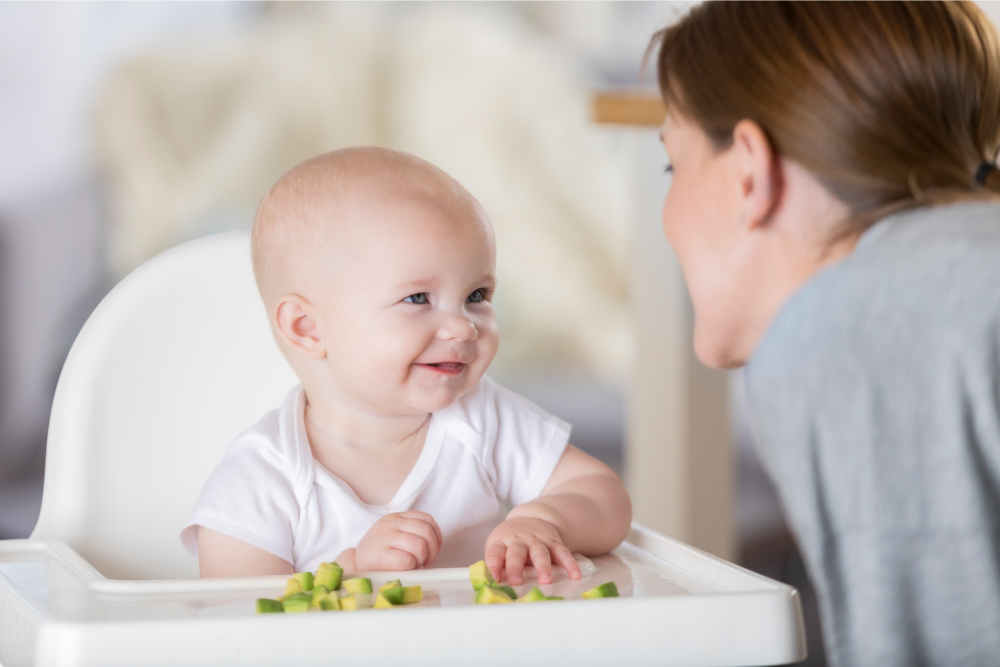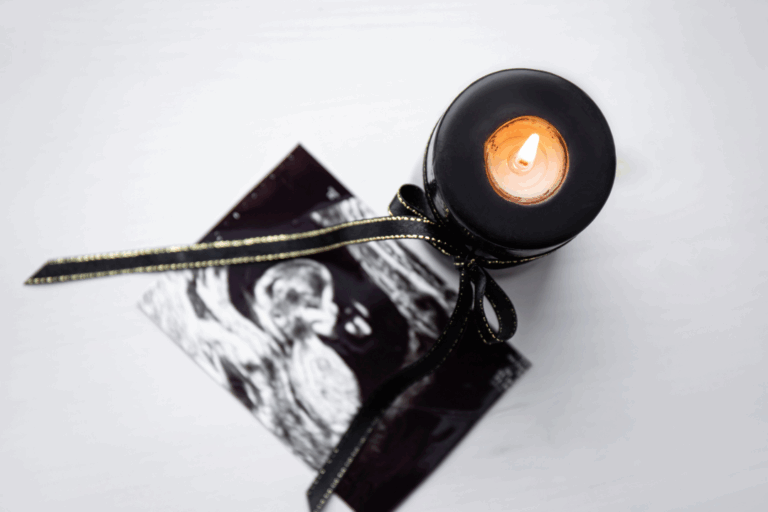Between 6 and 9 months, the focus of development activities is now on motor acquisitions. At this stage, your baby will move towards sitting and crawling. Here are some activity ideas to encourage reaching this important milestone:
General tips:
Your baby will love outings at this stage! Take him for walks and point out things of interest in the environment. You may extend this into a feely tour i.e. let him feel the various textures in the environment such as leaves, nests, etc. In the environment also show where sounds are coming from so they attach meaning to the sounds they hear.
In your kitchen, while you’re cooking, set him up with pots and pans to bang on. And give him other objects that make interesting noises.
In talking to your baby, use exaggerated language and gestures and copy the sounds they make.
Changing:
After changing, pull your baby to sit through rotation, as they would normally do it.
Bath time:
Continue to use bath time as texture time. Also, add the fun of bubble bath for a new texture.
In the bath, your baby will start to enjoy pouring so provide objects that are small enough to handle and pour from.
Travel:
In the car, your baby may start to resist being put in the car seat. Make an interesting mobile out of natural objects that make interesting noises or feel interesting, such as seed pods, feathers, material, and pasta. Hang this from the handle above the door in the car for him to look at when you drive.
Also, invest in a good quality children’s CD or playlist. They respond best to those with children’s singing.
Feeding:
Finger food is the first thing babies can do for themselves and consequently, they love this. Use finger food for different aims:
- Texture play – Have a messy time, when the baby can explore textures of food. For example, spaghetti, sloppy pasta, lumpy custard, jelly, watermelon, coloured ice, chocolate pudding, cereal. Talk to your baby the qualities of the food.
- Encourage fine motor control by using small objects such as cheerios – as he gets older move smaller e.g. rice.
- In the high chair, a baby starts to practice release of toys by dropping them. You can attach a string to it so he can pull it up again.
Play:
- Your baby now sees detail well and is recognising things in his environment. Make personalized books using photos of his things, e.g. cup, Mama, phone, bed, etc. You can make various ones, e.g. my holiday, my favorite food, etc.
- Baby’s love books and starting at this age, you can really encourage reading. Use books with bright clear pictures, make of card or plastic, as they love to chew on books. Share animal sounds with them.
- To help further with tracking which is important for reading and eye-hand coordination later, play skittles type games to encourage him watching a ball roll away.
- Your baby will now start to enjoy hiding games, at about 8 months they develop object permanence so partially hide or fully hide objects for them to find.
- You can also use puppets to encourage communication.
- Babies love rhymes – pat a cake with gestures, incy wincy spider, sing a song of sixpence and other ones that encourage anticipation.
- When playing with toys, only place 2 / 3 toys in front of your baby otherwise they become overwhelmed and don’t play constructively. Try tying a string onto a toy for them to pull it towards them.
- Bilateral hand use starts to develop at this stage. Activities that encourage this include tearing paper, such as phone book pages. You can also put stickers on your baby’s hands to encourage him to pull it off thus using both hands together.
- You can encourage banging of toys and clapping of hands – you will need to show him first. You can place 1 object in each hand. Or use 1 big object that they have to use two hands to hold.
- Commercial pram toys are fun for them and encourage a variety of fine motor functions.
- Movement is still very important. Go on a swing with your baby and move it in all planes. Use fun moving equipment such as push along trucks holding your baby on the back.
In the sitting position, if balance needs to improve you can do this by sitting her on your lap on outstretched legs and lifting one leg at a time to tilt her to improve balance. Babies start to move from the sit to crawl position, encourage this by encouraging reach in the sit position and even facilitating the movement by putting your arms under her and rotating her over your leg.




